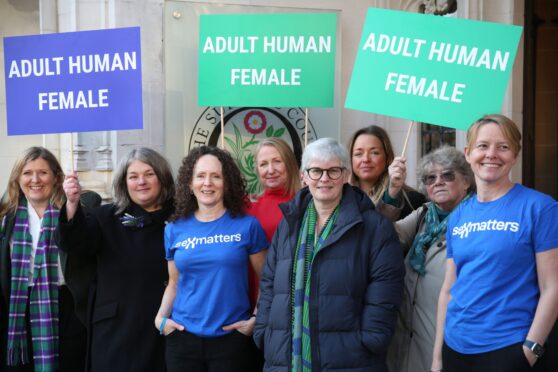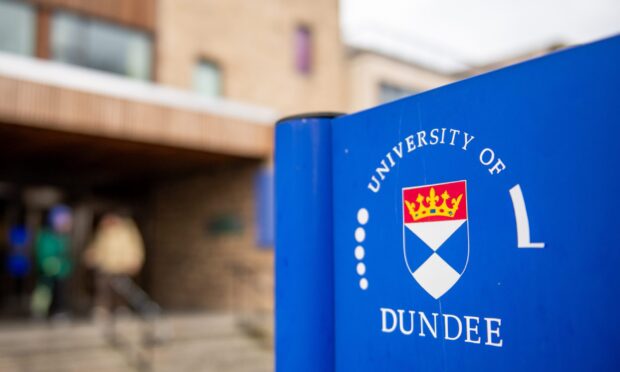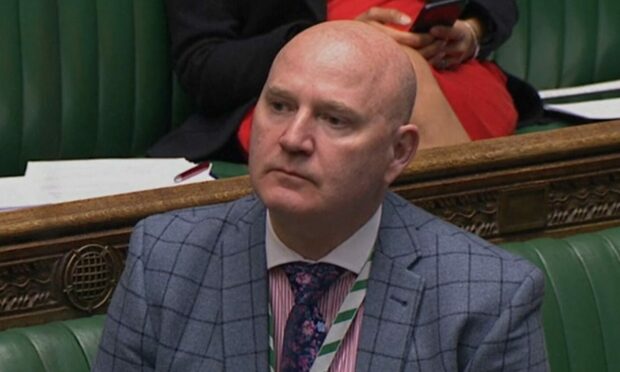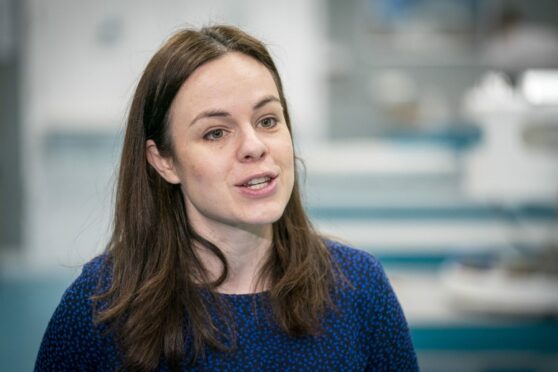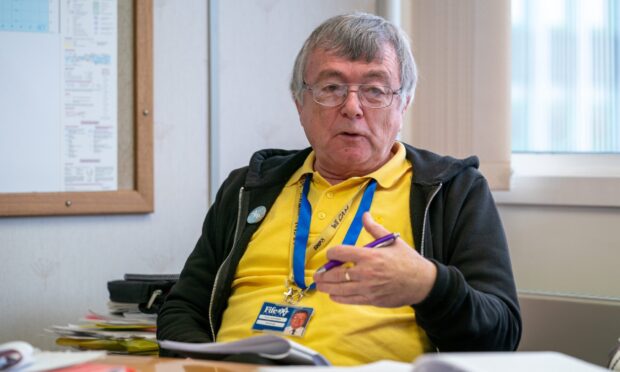The number of days vulnerable patients have been stuck in hospital when medically fit to leave has nearly doubled in Tayside and Fife in two years.
There were 925 bed days lost to delays in discharging Code 9 patients across both health boards in August 2014, rising to 1,817 in the same month this year, according to NHS figures released on Tuesday.
Code 9 cases are those involving patients who have complex needs.
While the nature of their needs means the reasons for delay are often outwith the control of health and council, it is seen as inappropriate for such patients to be kept in hospital.
Alex Johnstone, for the Scottish Conservatives, said the “alarming” figures show the SNP is “simply failing to deal with bed-blocking in Tayside and Fife”.
Scottish Labour’s health spokesman Anas Sarwar said Health Secretary Shona Robison has broken her promise to eradicate delayed discharge.
In August, 45,551 days were spent in hospital by people delayed in their discharge, up from 43,919 in July.
Ms Robison said monthly fluctuations do happen and added: “We’re determined to tackle delayed discharge and that’s why we’re investing £30 million a year, over three years, to accelerate improvements.”
NHS Scotland has warned against direct comparisons with figures before July because of changes to the way the data is collected, but there is likely to be minimal impact on Code 9 numbers.
Health boards have said that the increases in Code 9 issues are in line with national trends, are a product of an ageing population and often involve complicated legal issues.
An NHS Tayside spokeswoman said they have been working with councils and other partners to “build sustainable solutions that seek to reduce unscheduled care and demand and avoid unnecessary delays in discharging patients from hospital”.
An spokesman for NHS Fife said: “Our total number of bed days lost to patients in delay has reduced as a result of focussed work to improve bed flow and reduce the length of stay in both community hospital and acute settings.”



